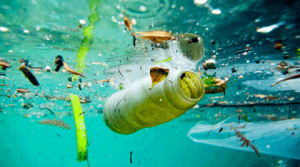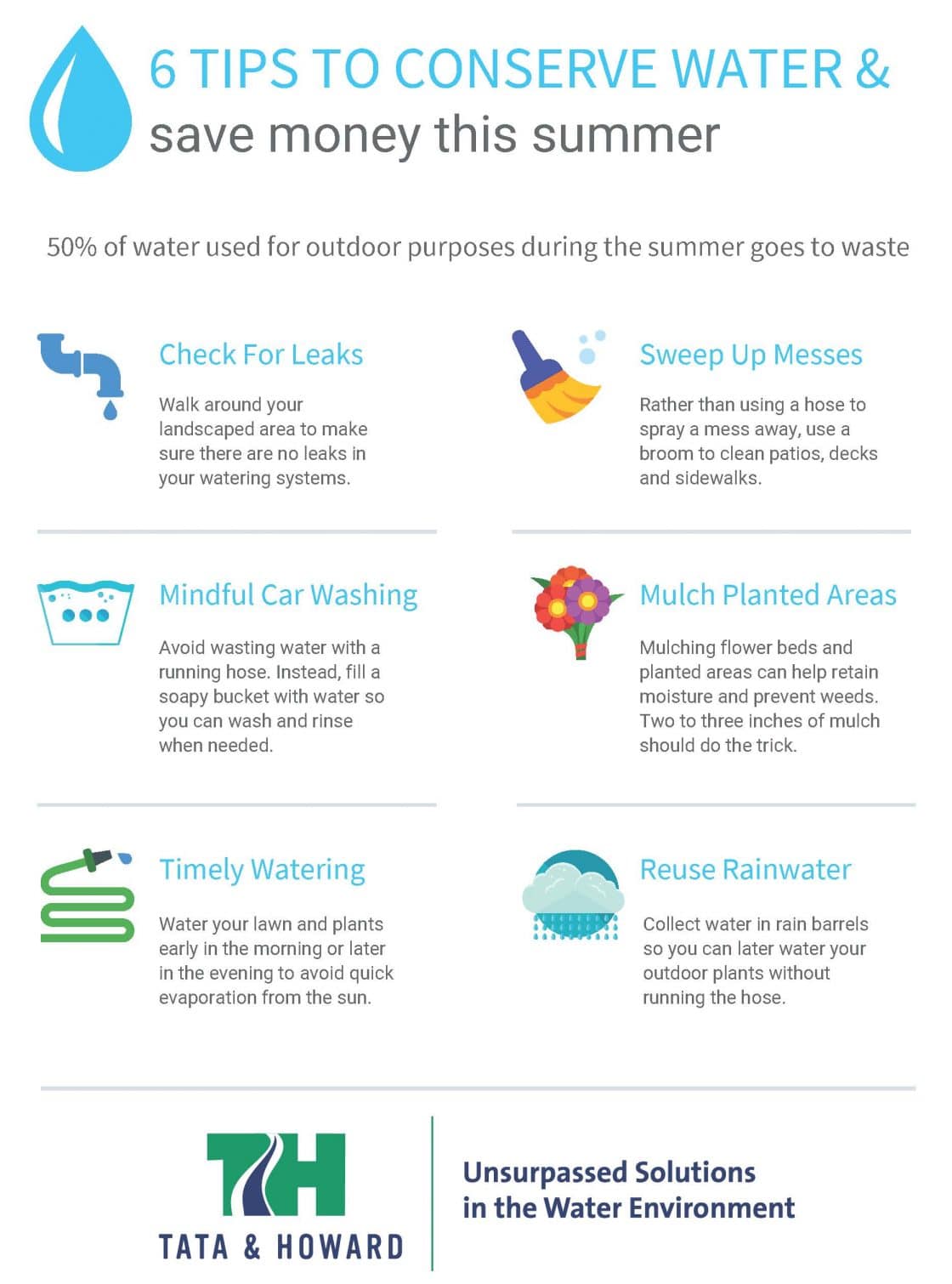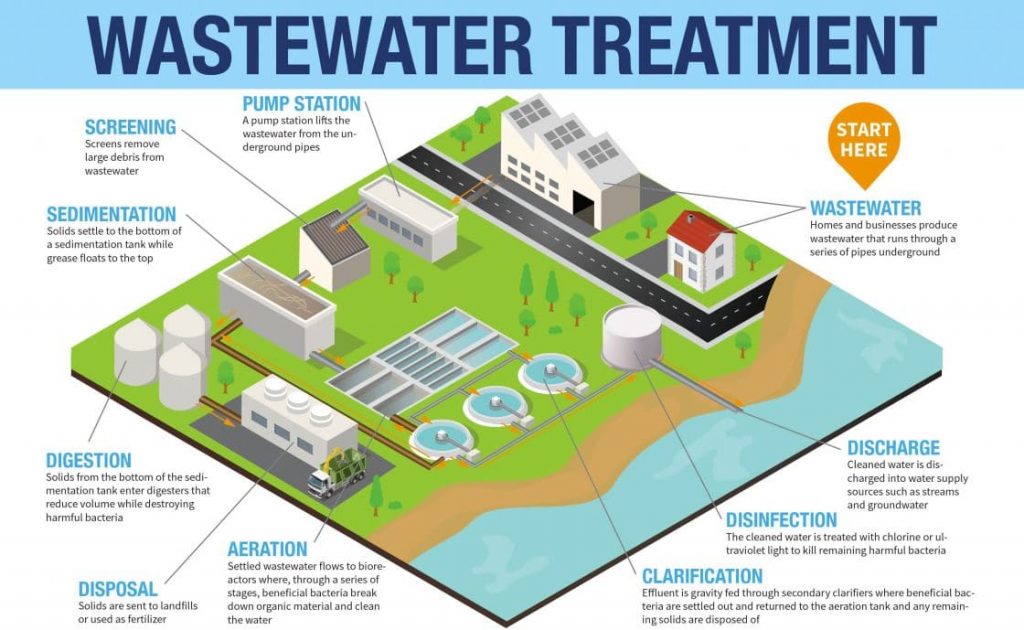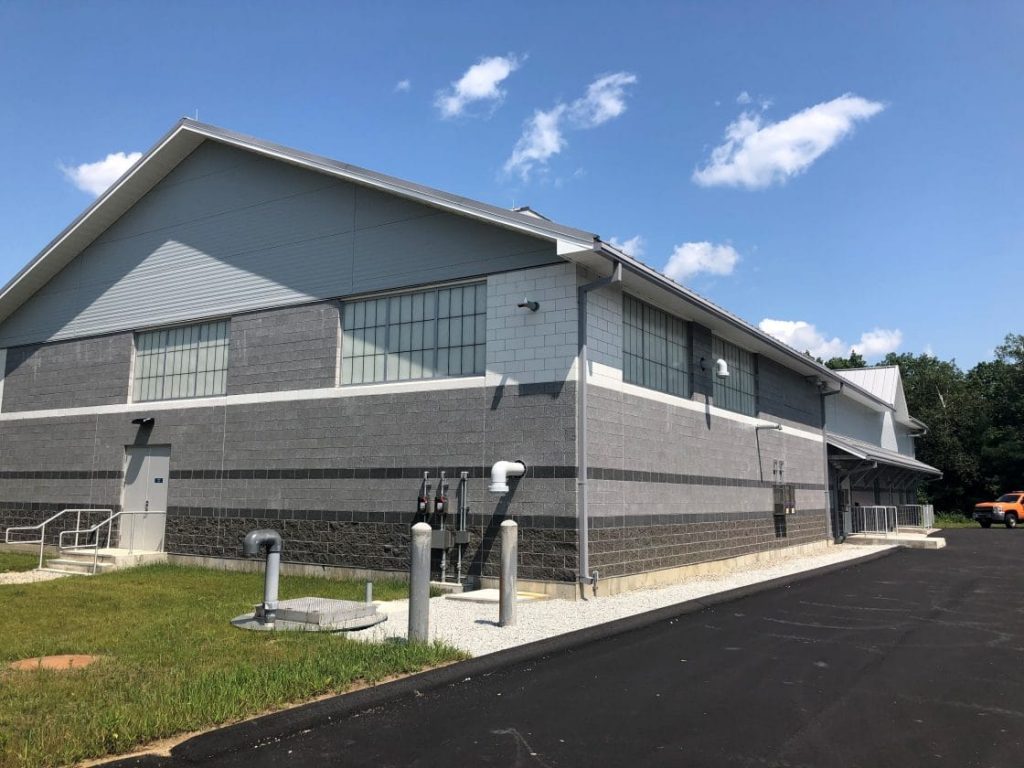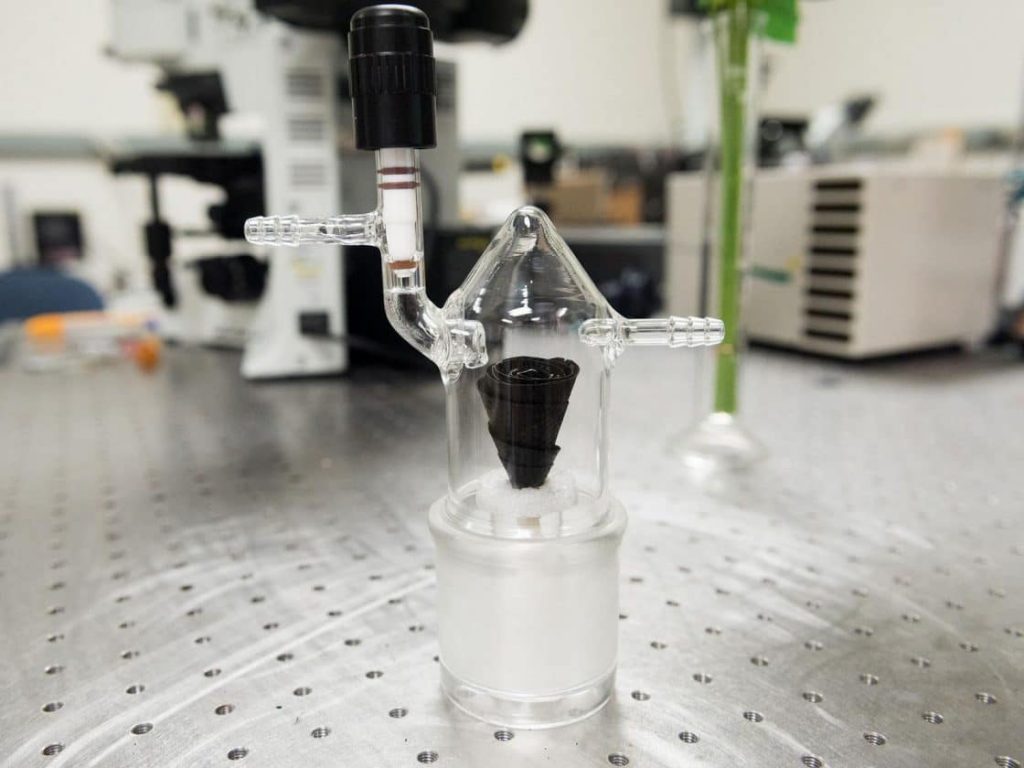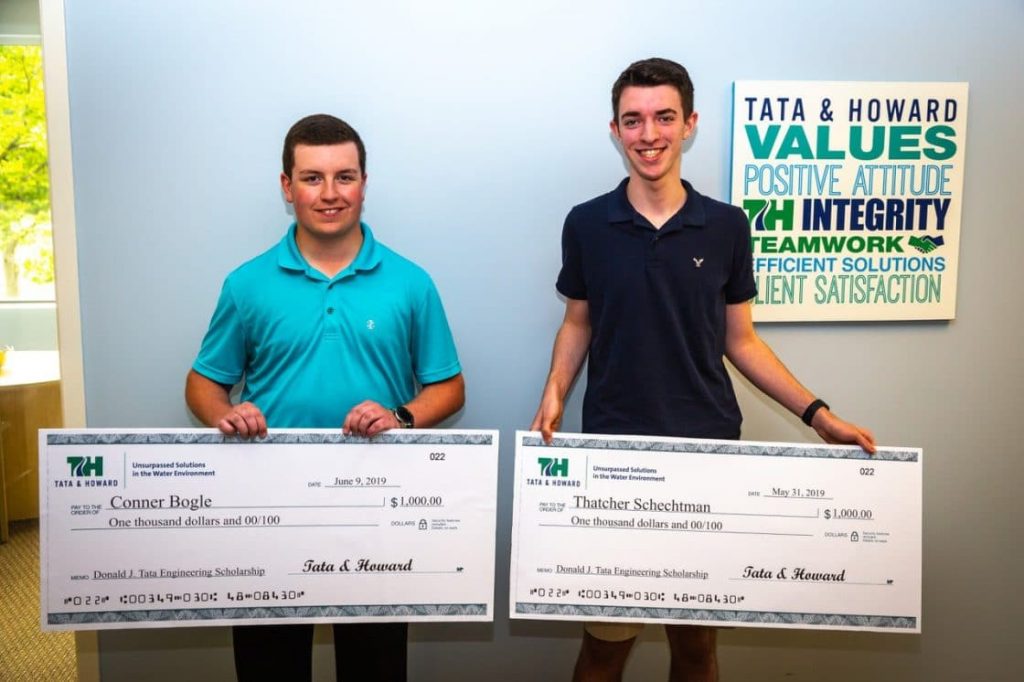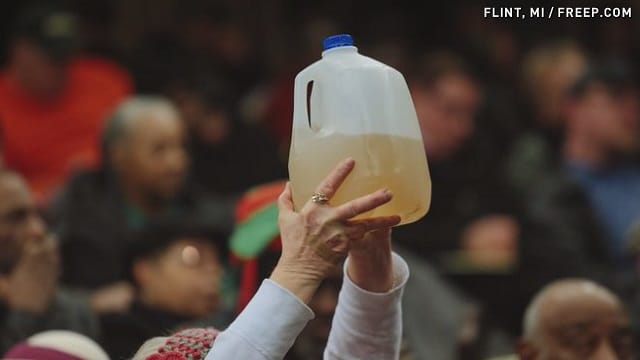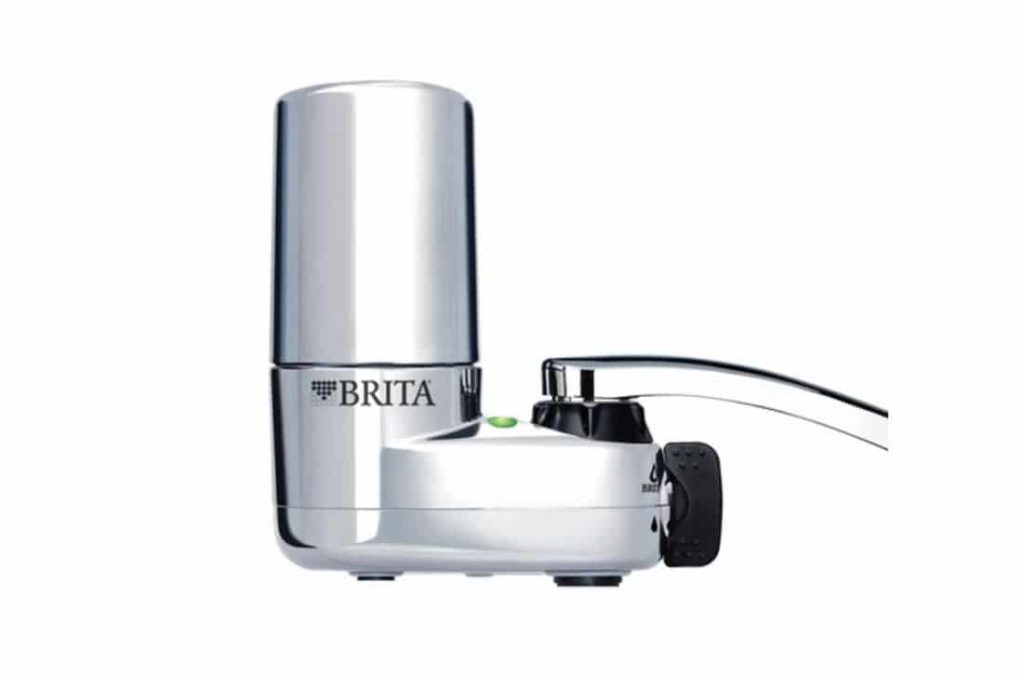As we head into a new fall season, we are happy to announce four new additions to our Marlborough office! Carissa, Hannah, Alex, and Wiktor have all stepped into their roles as Engineers, and we can’t wait to see the impacts they will have at Tata & Howard. Read on to learn a little bit more about our new team members, and join us in welcoming our new engineers. Interested in a career at T&H? Check out open positions on our career page.
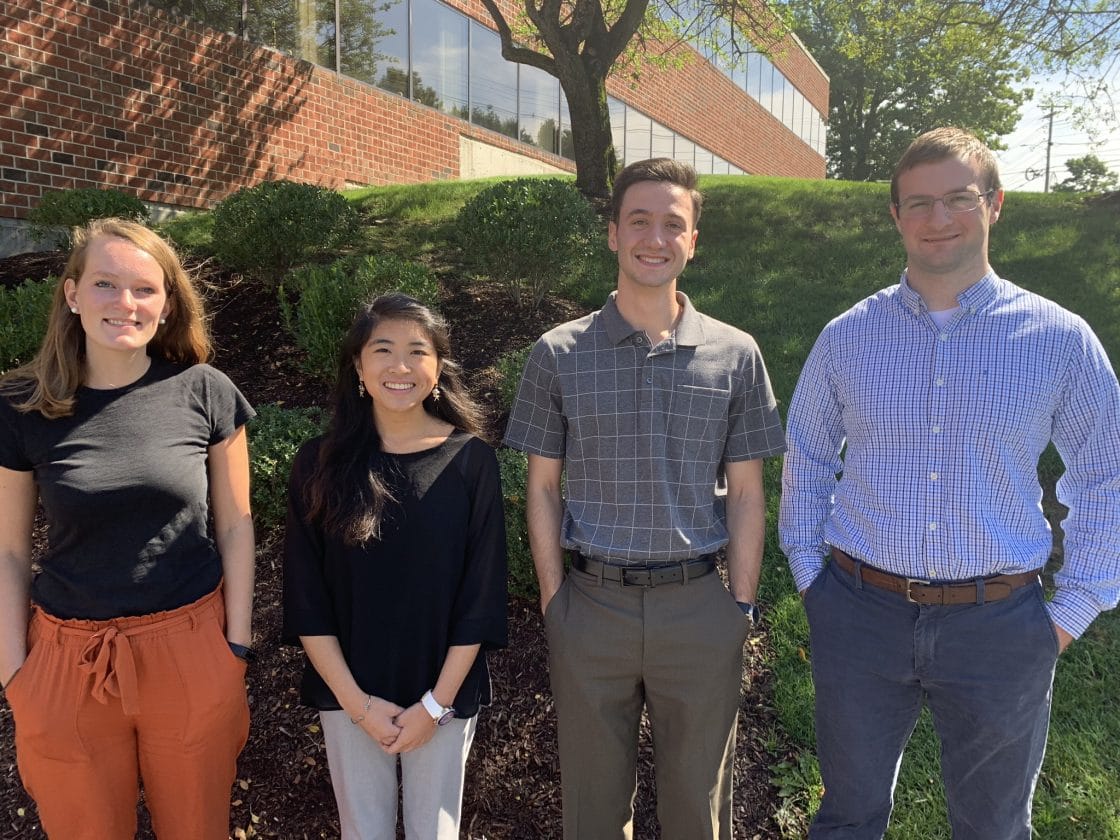

Carissa Mak
Carissa started at Tata & Howard in the Marlborough, MA office this past summer. With her final year of school at the University of New Hampshire behind her, she is excited to launch her career as an Engineer. While in college, Carissa spent her time participating in UNH’s American Society of Civil Engineers as well as working in the school’s AV department. Looking ahead, Carissa hopes to dive into projects where she can make a lasting impact on clean water and water quality. When she isn’t working, Carissa enjoys traveling, exploring the outdoors, and spending time with her friends and family.
Fun Fact: While studying abroad in Scotland, she got to meet Prince Harry and Duchess Meghan Markle.

Hannah Wharton
Hannah is a new Engineer in our Marlborough, MA office. A recent graduate from UMass Amherst, Hannah is excited to begin her career at Tata & Howard. In college she was an active member of Engineers Without Borders (EWB), Society of Women Engineers, and the UMass Club Swim Team. Hannah is especially interested in water treatment because of her work with EWB as well as her senior thesis, and hopes to be a part of water treatment projects at the firm. In her free time, you can find Hannah exploring the outdoors, swimming, hiking, and running.
Fun Fact: Hannah was born in England.

Alex Klein
With a new degree in Civil Engineering from UMass Amherst, Alex began his career with Tata & Howard this summer. During college, he participated in UMass’ American Society of Civil Engineers, while also completing two environmental engineering internships. Alex is particularly interested in Direct Potable Reuse and is excited to work on projects that aid in people getting clean water. When not working at T&H, Alex enjoys rock climbing and hiking in his free time.
Fun Fact: Alex’s favorite color is black.
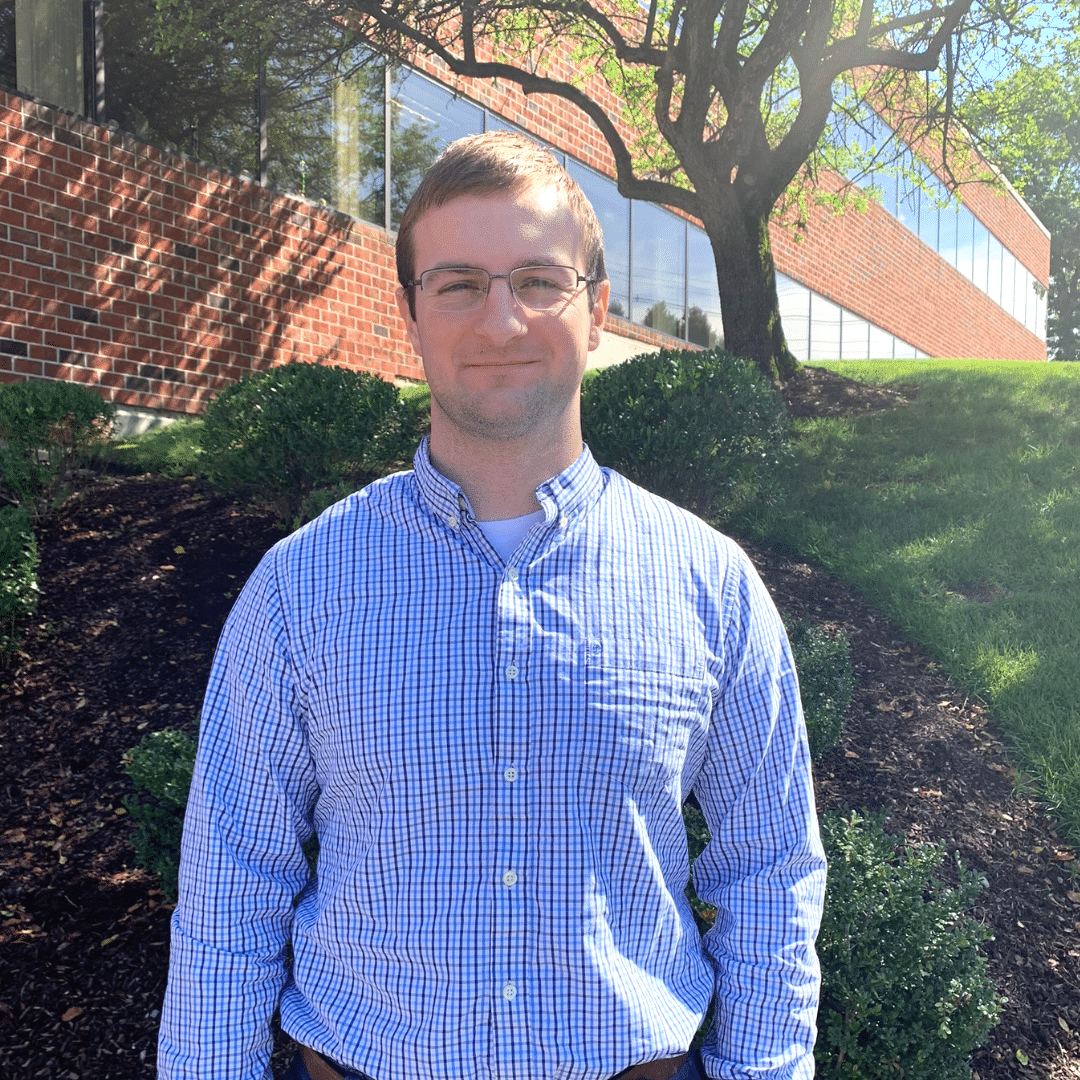
Wiktor Tomkiewicz
Wiktor joined the Tata & Howard team as an Engineer early this past summer. With a Bachelor of Science in Civil and Environmental Engineering from UMass Dartmouth, a Master’s in Environmental Engineering from SUNY Buffalo, and additional coursework in novel membranes for water treatment and energy generation from Columbia University, Wiktor is ready to hit the ground running at the firm. He is most interested in water treatment plants and hopes to be involved in upcoming treatment projects. Wiktor enjoys playing the guitar, and watching cult favorite TV show, ‘The Office.’
Fun Fact: Wiktor can speak Polish.




